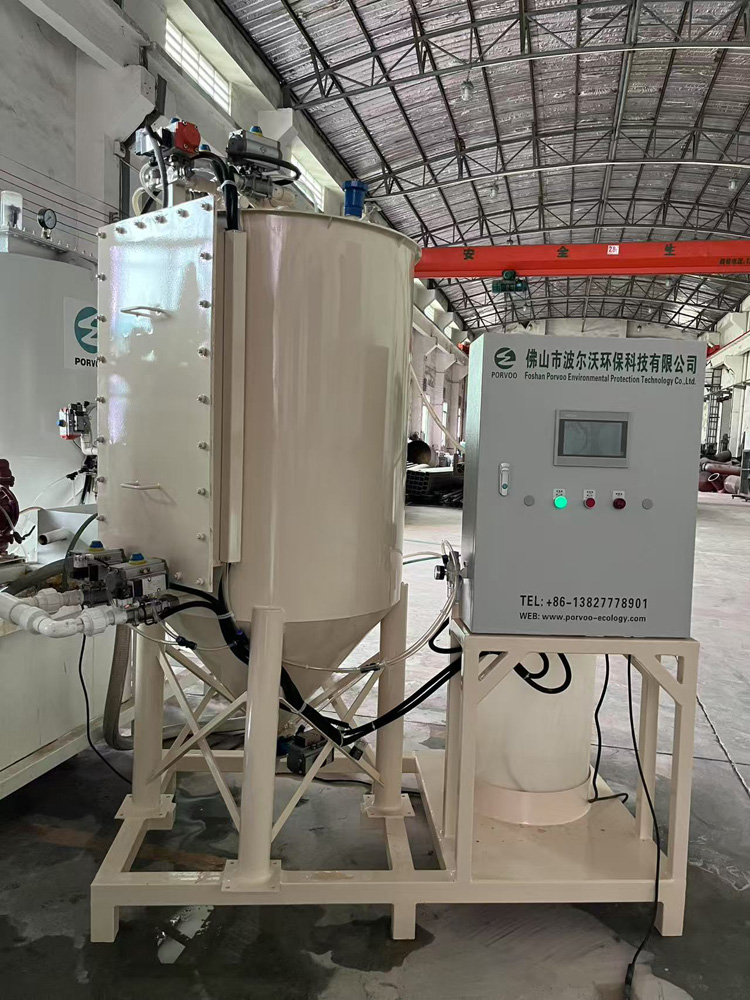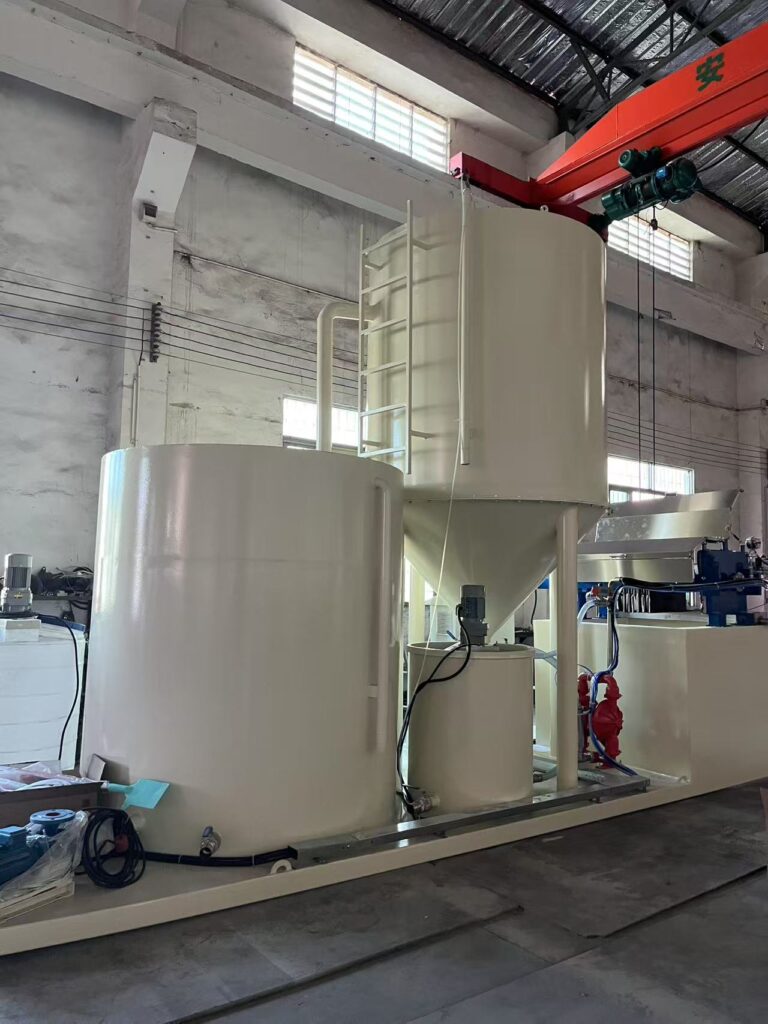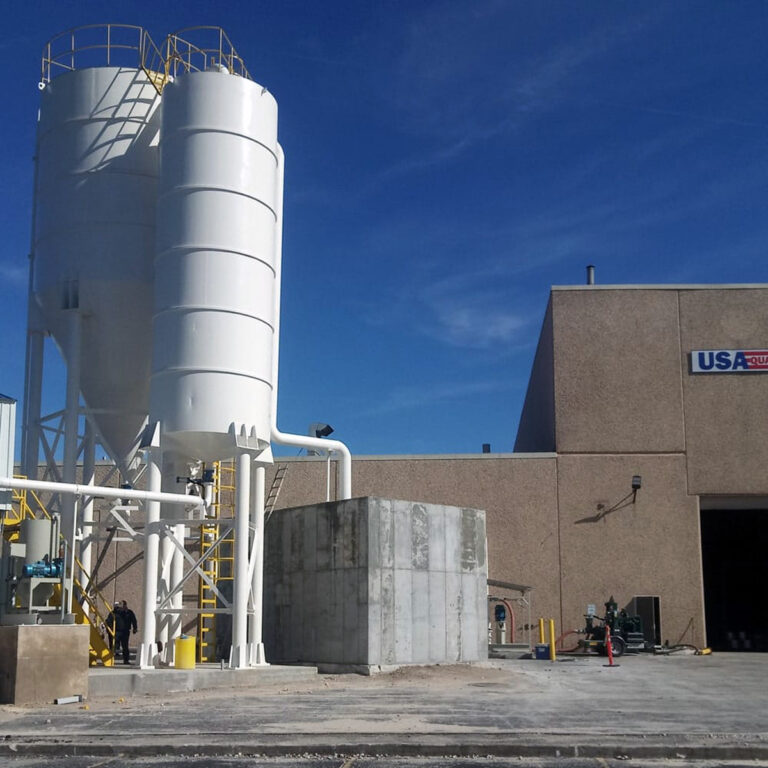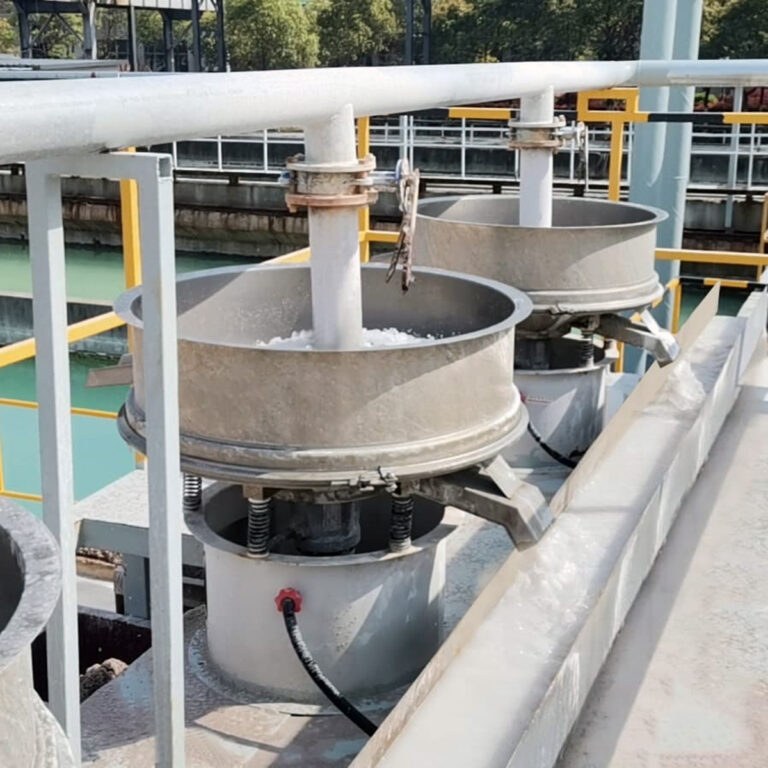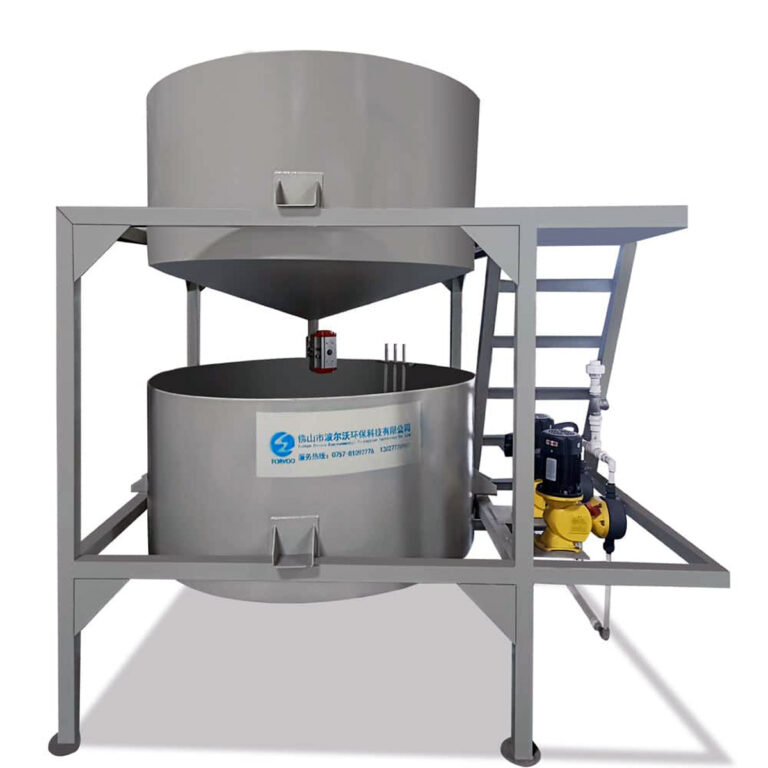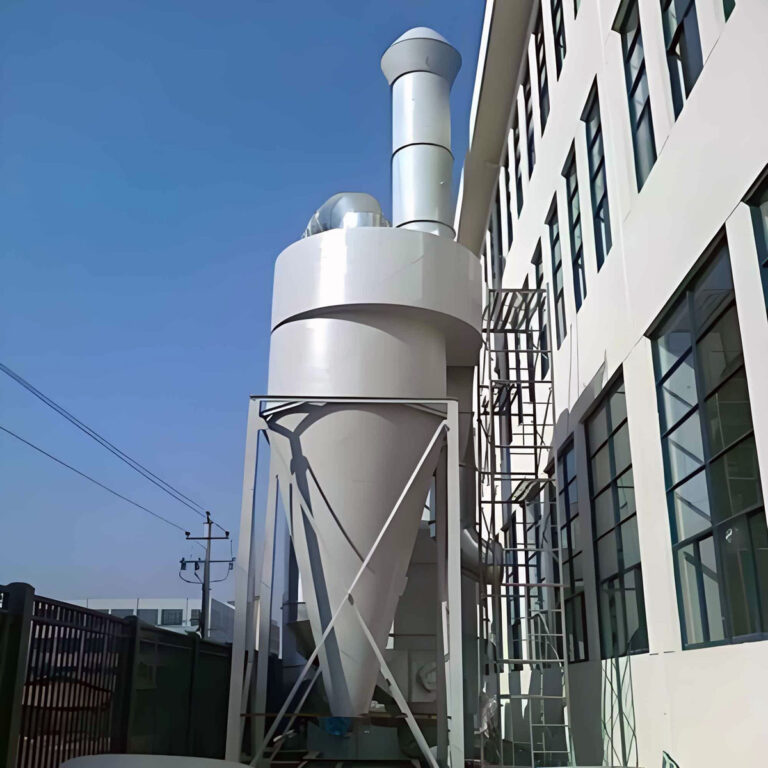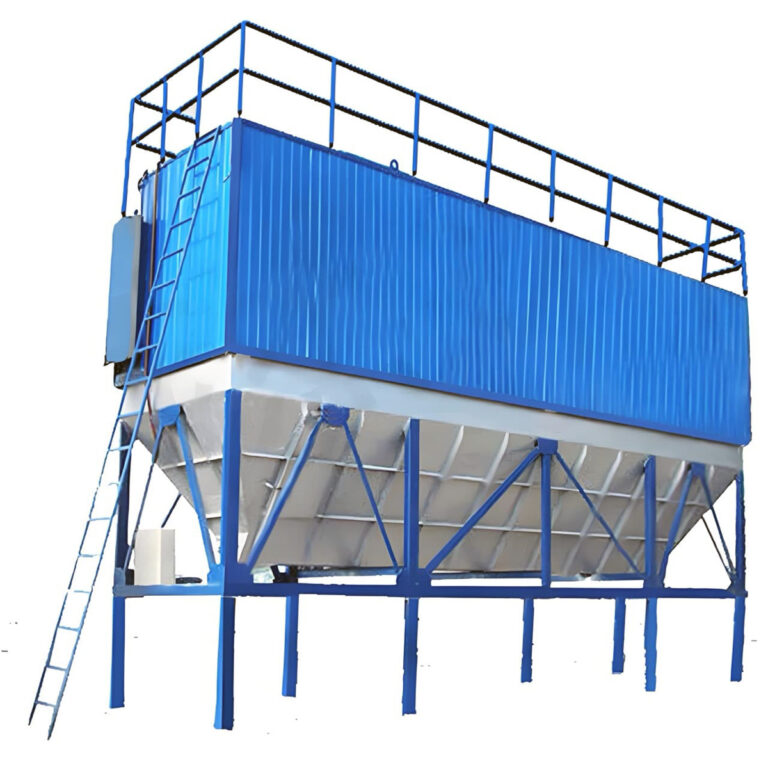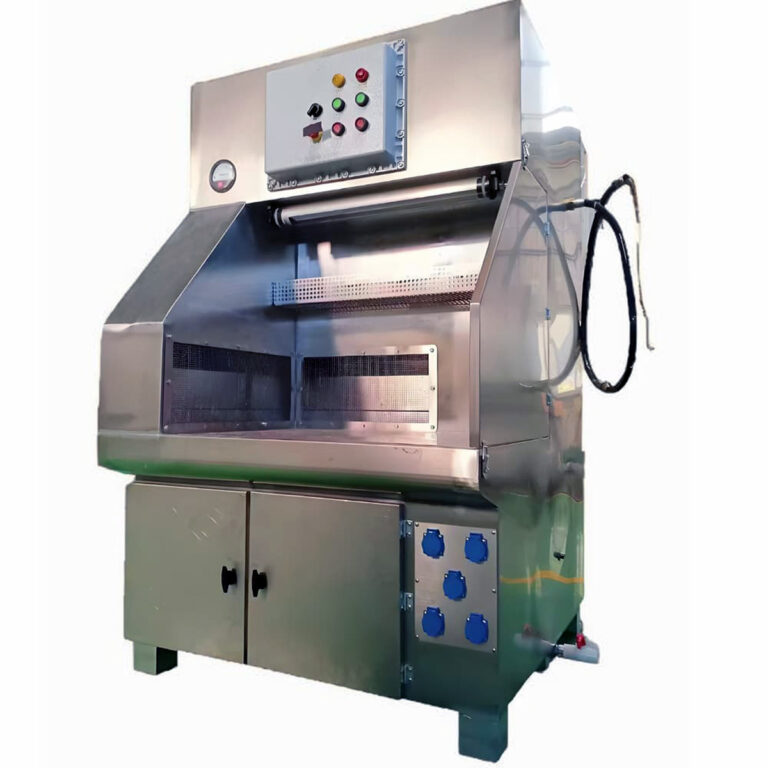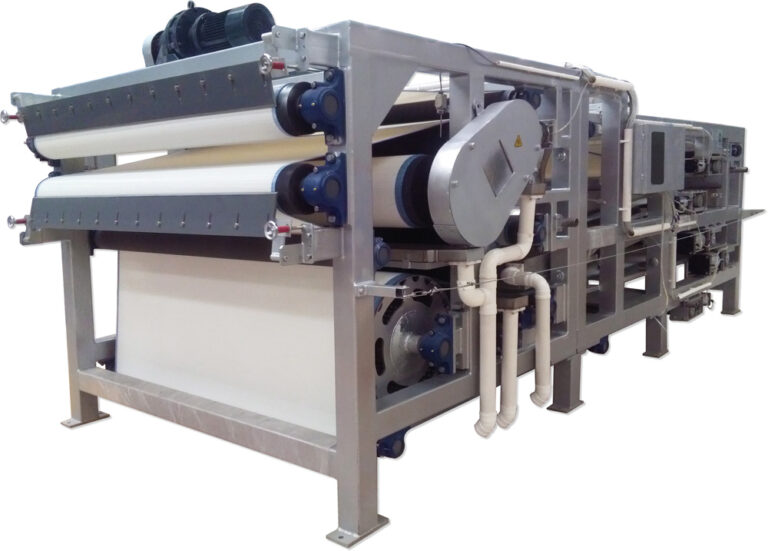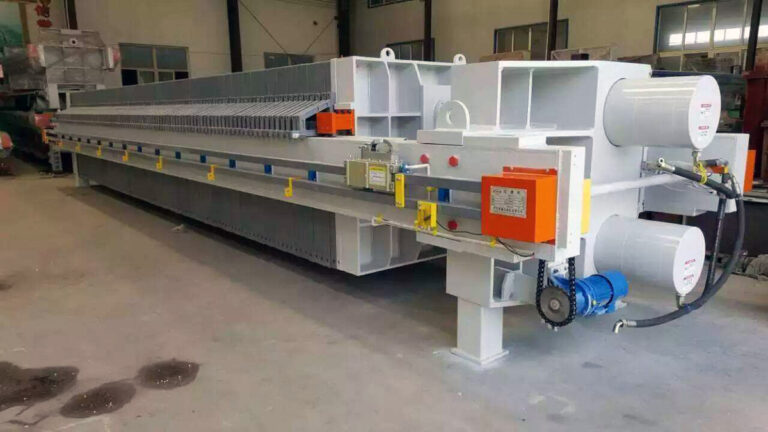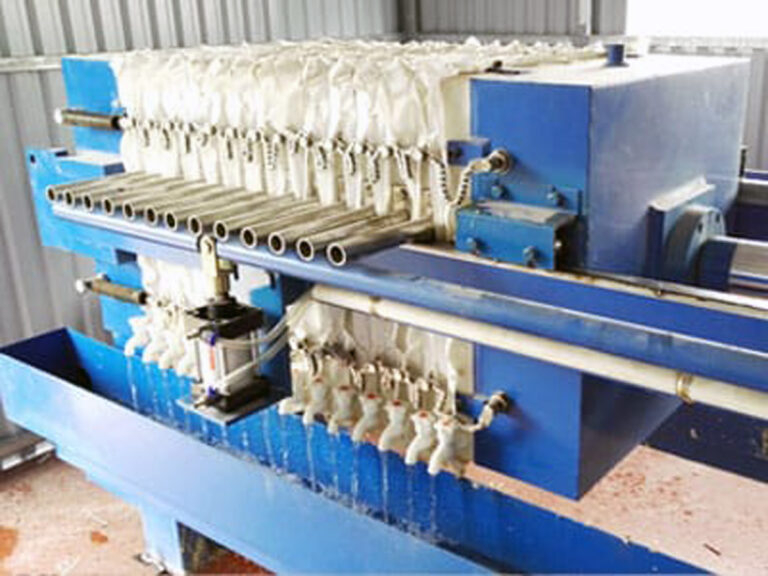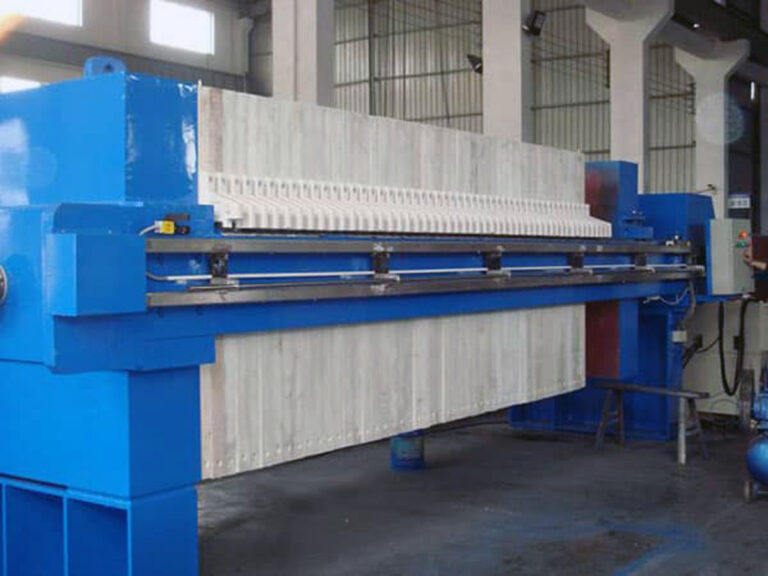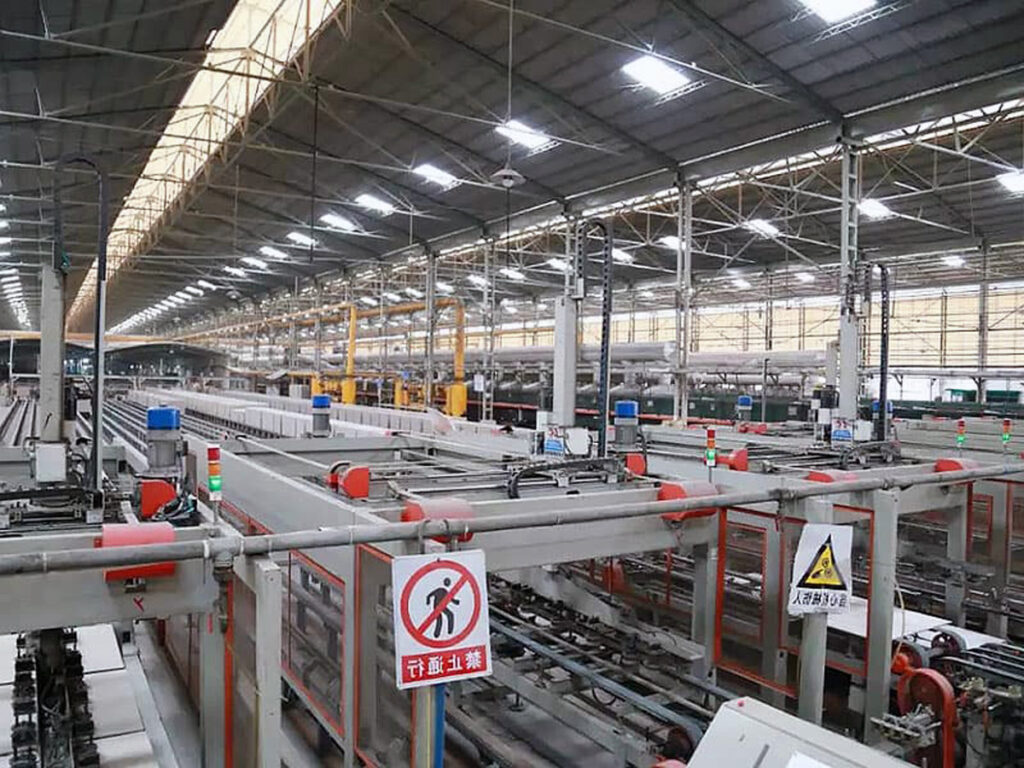Problem: Ceramic manufacturing facilities generate complex wastewater streams containing high concentrations of suspended solids, heavy metals, and chemical additives that can severely impact both environmental compliance and operational costs. Traditional water treatment approaches often fail to address the unique challenges posed by ceramic processing effluents, leading to regulatory violations, increased disposal costs, and potential production shutdowns.
Agitate: Without proper treatment systems, ceramic plants face mounting regulatory pressure with fines reaching $37,500 per violation according to EPA guidelines. The accumulation of ceramic slurry and glazing compounds in standard treatment systems creates costly maintenance cycles and reduces equipment lifespan by up to 40%. More critically, inadequate water treatment can force production delays during peak demand periods, directly impacting revenue streams and customer relationships.
Solution: This comprehensive buyer’s guide provides ceramic industry professionals with the technical insights, cost analyses, and selection criteria needed to implement effective ceramic wastewater systems. We’ll explore proven technologies, real-world performance data, and strategic considerations that ensure both environmental compliance and operational efficiency.
PORVOO has witnessed firsthand how proper system selection transforms ceramic manufacturing operations, reducing water usage by 60-80% while achieving consistent discharge compliance across diverse ceramic production environments.
What Are Ceramic Wastewater Systems?
Ceramic wastewater systems represent specialized treatment technologies engineered to handle the unique characteristics of ceramic manufacturing effluents. Unlike conventional industrial water treatment, these systems must address extremely high total suspended solids (TSS) concentrations ranging from 5,000 to 50,000 mg/L, along with complex chemical compositions from glazing and finishing processes.
Key Components and Technologies
Modern ceramic industry wastewater equipment typically integrates multiple treatment stages to achieve optimal results. Primary treatment begins with screening and grit removal systems designed to handle ceramic particles ranging from 0.1 to 10 millimeters. These systems often incorporate adjustable screening mechanisms that can process flow rates from 10 to 500 gallons per minute, depending on facility size.
Secondary treatment focuses on clarification and solids separation using advanced sedimentation tanks or dissolved air flotation (DAF) systems. In our experience, DAF systems prove particularly effective for ceramic applications, achieving 95-98% suspended solids removal while generating concentrated sludge suitable for recycling back into production processes.
Tertiary treatment may include membrane filtration, chemical precipitation, or advanced oxidation processes depending on specific discharge requirements and water reuse objectives. Membrane systems, while requiring higher capital investment, can achieve water quality suitable for direct process reuse, reducing freshwater consumption by 70-85%.
Industry Applications and Requirements
Ceramic processing facilities encompass diverse manufacturing operations, each generating distinct wastewater characteristics. Traditional ceramics production creates high-volume, low-concentration streams primarily containing clay particles and organic binders. Technical ceramics manufacturing, conversely, produces lower volumes with higher concentrations of specialized additives and metal compounds.
Glazing and finishing operations introduce additional complexity through heavy metal content and chemical oxygen demand (COD) levels exceeding 1,000 mg/L. These streams require specialized treatment approaches, often incorporating chemical precipitation or ion exchange technologies to meet discharge standards.
| Application Type | TSS Range (mg/L) | Primary Contaminants | Treatment Approach |
|---|---|---|---|
| Clay Processing | 10,000-30,000 | Clay particles, organics | Clarification + filtration |
| Glazing Operations | 5,000-15,000 | Heavy metals, COD | Chemical precipitation |
| Technical Ceramics | 8,000-25,000 | Specialized additives | Multi-stage treatment |
Why Do Ceramic Industries Need Specialized Water Treatment?
The ceramic manufacturing process generates wastewater streams with characteristics that challenge conventional treatment approaches. Understanding these unique requirements enables informed system selection and prevents costly operational issues that plague facilities using inadequate treatment technologies.
Unique Contaminants in Ceramic Processing
Ceramic wastewater contains a complex mixture of inorganic and organic compounds that require specialized handling. Suspended solids concentrations often exceed municipal treatment plant capabilities by 100-500 times, creating immediate settling and clogging issues in standard systems. The particle size distribution spans from submicron colloidal particles to large ceramic fragments, necessitating multi-stage separation processes.
Chemical additives present additional challenges, particularly in advanced ceramic manufacturing. Deflocculants, binders, and plasticizers can interfere with conventional coagulation processes, requiring specialized chemical treatment protocols. According to recent industry research, facilities using inappropriate treatment chemicals experience 40-60% higher operating costs due to increased chemical consumption and reduced treatment efficiency.
Heavy metal contamination from glazing compounds demands careful consideration of treatment technology selection. Lead, chromium, and cadmium concentrations can exceed discharge limits by 5-10 times, requiring precipitation or ion exchange systems capable of achieving sub-milligram per liter removal rates.
Regulatory Compliance Requirements
Environmental regulations governing ceramic industry discharges continue to evolve, with increasing emphasis on water reuse and zero liquid discharge concepts. The EPA’s Effluent Limitations Guidelines for the ceramics manufacturing point source category establish specific discharge standards that vary based on production processes and facility size.
Recent regulatory trends indicate tightening restrictions on phosphorus and nitrogen discharge limits, particularly for facilities discharging to sensitive water bodies. These requirements often necessitate biological treatment components or advanced nutrient removal technologies that weren’t previously required for ceramic operations.
As one industry compliance expert notes, “The regulatory landscape for ceramic wastewater is shifting from simple end-of-pipe treatment to comprehensive water stewardship, requiring facilities to demonstrate both environmental protection and resource conservation.”
How to Choose the Right Ceramic Water Treatment System?
Selecting appropriate ceramic processing water systems requires careful evaluation of multiple technical and economic factors. The decision process should begin with comprehensive wastewater characterization and flow analysis to establish baseline requirements before evaluating specific treatment technologies.
System Capacity and Flow Rate Considerations
Flow rate determination extends beyond simple average calculations to include peak flow management and process variability. Ceramic manufacturing often operates in batch modes that create significant flow surges, requiring equalization tank sizing of 4-8 hours of average flow capacity. Undersized systems frequently experience upset conditions during peak production periods, leading to discharge violations and emergency shutdowns.
System capacity planning should account for future production expansion while avoiding over-design that increases unnecessary capital costs. A well-designed system typically includes 20-30% capacity margin above current requirements, with modular expansion capabilities for future growth.
Peak flow management becomes particularly critical during cleaning cycles and equipment maintenance periods when concentrated waste streams enter the treatment system simultaneously. These events can generate instantaneous flows 3-5 times higher than normal operating conditions, requiring robust system design or temporary storage provisions.
Treatment Technology Selection Criteria
Technology selection requires balancing treatment effectiveness, operational complexity, and long-term sustainability. Primary treatment technologies focus on solids separation efficiency, with clarifier systems achieving 85-92% removal rates and membrane systems reaching 98-99% effectiveness. However, higher efficiency often correlates with increased energy consumption and maintenance requirements.
Chemical treatment selection depends heavily on wastewater chemistry and discharge requirements. Coagulation and flocculation systems prove effective for general suspended solids removal, while specialized precipitation processes address heavy metal contamination. The choice between aluminum-based and iron-based coagulants can significantly impact both treatment effectiveness and sludge characteristics.
| Technology Type | Removal Efficiency | Energy Requirements | Maintenance Level |
|---|---|---|---|
| Clarification | 85-92% | Low | Moderate |
| DAF Systems | 95-98% | Moderate | Moderate |
| Membrane Filtration | 98-99% | High | High |
| Chemical Precipitation | 90-95% | Low | Low |
Biological treatment consideration becomes relevant for facilities with significant organic loading from binders and additives. While ceramic wastewater typically contains lower organic concentrations than other industrial streams, facilities processing organic-rich materials may benefit from biological treatment components.
What Are the Main Types of Ceramic Industry Wastewater Equipment?
Understanding available treatment technologies enables informed comparison and selection based on specific facility requirements. Each technology category offers distinct advantages and limitations that must be evaluated against site-specific conditions and performance objectives.
Physical Separation Systems
Physical separation forms the foundation of most ceramic wastewater treatment systems, addressing the primary challenge of suspended solids removal. Gravity clarifiers remain the most common technology, utilizing settling principles to separate ceramic particles from the water column. Modern clarifier designs incorporate lamella plates or tube settlers to increase effective settling area, achieving 90-95% suspended solids removal in properly designed systems.
Dissolved air flotation systems excel in applications with fine particle sizes or low-density materials that settle poorly in conventional clarifiers. DAF systems generate microscopic air bubbles that attach to particles, creating positive buoyancy for surface removal. While requiring higher energy input than gravity systems, DAF technology achieves superior performance with particles smaller than 50 microns.
Filtration systems provide final polishing or can serve as primary treatment for lower-concentration streams. Sand filters, multimedia filters, and cloth media filters each offer specific advantages depending on particle characteristics and effluent quality requirements. Backwash water management becomes crucial in filtration system design, as concentrated backwash streams require separate treatment or recycling provisions.
Chemical Treatment Solutions
Chemical treatment addresses both suspended solids and dissolved contaminants through coagulation, flocculation, and precipitation processes. Coagulant selection significantly impacts treatment performance, with aluminum sulfate, ferric chloride, and polyaluminum chloride representing common options for ceramic applications.
Polymer addition enhances flocculation efficiency and creates stronger, more settleable flocs. Cationic polymers prove particularly effective for ceramic applications due to the typically negative surface charge of ceramic particles. Proper polymer selection and dosing can reduce chemical costs by 20-30% while improving treatment performance.
pH adjustment frequently becomes necessary to optimize chemical treatment processes and meet discharge requirements. Lime addition serves dual purposes of pH adjustment and additional coagulation, while also providing alkalinity for downstream biological treatment if required. Automated pH control systems ensure consistent treatment performance while minimizing chemical consumption.
Biological Treatment Options
Biological treatment finds application in ceramic facilities with significant organic loading from binders, lubricants, and other organic additives. Activated sludge systems can effectively reduce biochemical oxygen demand (BOD) and chemical oxygen demand (COD) from these compounds, though nutrient addition may be required due to the typically low nitrogen and phosphorus content of ceramic wastewater.
Membrane bioreactor (MBR) technology combines biological treatment with membrane filtration, producing high-quality effluent suitable for reuse applications. While requiring higher capital investment and energy consumption, MBR systems achieve superior effluent quality and occupy smaller footprints than conventional biological systems.
Fixed-film biological systems offer advantages for facilities with variable organic loading or limited space availability. These systems maintain stable biological populations even during extended low-loading periods, providing operational flexibility for batch manufacturing operations.
How Much Do Ceramic Processing Water Systems Cost?
Cost analysis for ceramic plant wastewater solutions requires comprehensive evaluation of capital investment, operating expenses, and long-term financial impacts. Understanding these cost components enables accurate budgeting and technology comparison based on total cost of ownership rather than initial purchase price alone.
Capital Investment Breakdown
Capital costs vary significantly based on treatment technology selection, system capacity, and site-specific requirements. Basic clarification systems typically range from $50,000 to $200,000 for small facilities processing 10,000-50,000 gallons per day, while advanced membrane systems can exceed $500,000 for similar capacities.
Equipment costs generally represent 60-70% of total capital investment, with civil works, installation, and commissioning comprising the remainder. Specialized ceramic industry requirements, such as abrasion-resistant materials and heavy-duty pumping systems, can increase equipment costs by 15-25% compared to conventional applications.
Site preparation and infrastructure development contribute additional costs that vary dramatically based on existing facilities and utilities availability. Remote locations or facilities requiring significant electrical upgrades may experience infrastructure costs exceeding 30% of total project investment.
| System Type | Capital Cost Range | Installation Factor | Total Investment |
|---|---|---|---|
| Basic Clarification | $50,000-$200,000 | 1.4-1.6x | $70,000-$320,000 |
| DAF Systems | $150,000-$400,000 | 1.3-1.5x | $195,000-$600,000 |
| Membrane Systems | $300,000-$800,000 | 1.2-1.4x | $360,000-$1,120,000 |
Operating Cost Considerations
Operating costs encompass energy consumption, chemical usage, maintenance requirements, and disposal fees. Energy costs typically represent 25-40% of total operating expenses, with membrane systems requiring 2-3 times more energy than conventional clarification systems. However, energy costs must be balanced against water savings and reduced disposal requirements.
Chemical consumption varies based on wastewater characteristics and treatment objectives. Facilities achieving 90% suspended solids removal typically consume 50-150 mg/L of coagulant, while systems targeting 95%+ removal may require 200-400 mg/L. Polymer consumption generally ranges from 1-5 mg/L, with proper selection and dosing optimization reducing costs by 20-30%.
Maintenance requirements differ significantly between technologies, with mechanical systems requiring more frequent attention than chemical treatment processes. Membrane systems demand daily monitoring and periodic cleaning, while clarifier systems may operate for weeks with minimal intervention. Labor costs for system operation typically range from $20,000-$60,000 annually for automated systems.
What Are the Benefits and Limitations of Modern Systems?
Contemporary ceramic wastewater treatment systems offer significant advantages over traditional approaches while presenting certain operational considerations that require careful management. Understanding these factors enables realistic performance expectations and proper system selection.
Performance Advantages
Modern treatment systems achieve consistently high removal efficiencies that ensure regulatory compliance while enabling water reuse opportunities. Advanced clarification systems routinely achieve 92-96% suspended solids removal, while membrane technologies can exceed 99% removal efficiency. This performance reliability reduces compliance risks and associated penalty costs.
Water recovery rates represent another significant advantage, with properly designed systems enabling 70-85% water reuse for non-critical applications. This conservation reduces freshwater consumption costs while decreasing wastewater disposal volumes. Facilities implementing comprehensive water reuse programs report 40-60% reductions in total water costs.
Sludge characteristics improvements through modern treatment enable beneficial reuse opportunities. Concentrated, dewatered sludge can often be recycled back into ceramic production processes, reducing raw material costs while eliminating disposal requirements. Some facilities achieve 80-90% sludge recycling rates, creating closed-loop systems that minimize environmental impact.
Energy efficiency improvements in modern systems reduce operating costs while supporting sustainability objectives. Variable frequency drives, optimized mixing systems, and advanced process control reduce energy consumption by 25-35% compared to older technologies. These improvements provide immediate operational savings while supporting corporate environmental goals.
Common Challenges and Solutions
While modern systems offer significant advantages, they also present operational challenges that require proactive management. Equipment maintenance requirements increase with system complexity, particularly for membrane and advanced biological treatment technologies. However, predictive maintenance programs and remote monitoring systems can reduce unplanned downtime by 60-70%.
Chemical optimization remains an ongoing challenge due to variability in ceramic wastewater characteristics. Seasonal production changes, raw material variations, and process modifications can affect optimal chemical dosing requirements. Automated chemical feed systems with real-time monitoring capabilities address these variations while minimizing chemical consumption.
As one industry expert observes, “The key to successful ceramic wastewater treatment lies not just in selecting the right technology, but in implementing comprehensive operational and maintenance programs that ensure consistent long-term performance.”
Conclusion
Selecting appropriate ceramic wastewater systems requires careful consideration of technical requirements, regulatory compliance, and economic factors specific to ceramic manufacturing operations. The key insights from this analysis include the critical importance of comprehensive wastewater characterization, the benefits of integrated treatment approaches, and the need for long-term operational planning that extends beyond initial capital investment.
Modern treatment technologies offer unprecedented opportunities for water conservation and environmental compliance, with properly selected systems achieving 95%+ removal efficiencies while enabling significant water reuse. The investment in advanced ceramic factory water treatment systems typically generates positive returns through reduced water costs, disposal savings, and improved operational reliability.
For ceramic industry professionals evaluating treatment options, the next logical step involves conducting detailed facility assessments and pilot testing of promising technologies. Consider engaging with experienced treatment system suppliers who understand the unique requirements of ceramic manufacturing and can provide customized solutions that balance performance, cost, and operational requirements.
The future of ceramic wastewater treatment points toward increasingly integrated systems that combine multiple technologies for optimal performance, enhanced automation for consistent operation, and greater emphasis on resource recovery and circular economy principles. These developments promise even greater opportunities for environmental stewardship and operational efficiency.
What specific challenges does your ceramic manufacturing facility face with current wastewater management approaches, and how might modern treatment technologies address these operational pain points while supporting your long-term sustainability objectives?
Frequently Asked Questions
Q: What are Ceramic Wastewater Systems and why are they important?
A: Ceramic Wastewater Systems are advanced filtration setups that use ceramic membranes to treat industrial wastewater, especially from ceramic manufacturing processes. They are important because they offer exceptional chemical resistance, durability, and high filtration efficiency for removing solids, oils, solvents, and chemicals. This results in high-quality treated water suitable for reuse, which helps reduce water consumption and environmental impact in the ceramic industry.
Q: How do Ceramic Wastewater Systems work in treating industrial wastewater?
A: These systems use multi-stage filtration, combining physical, chemical, and biological methods. Initially, large debris and suspended solids are removed through screening and sedimentation. Next, ceramic membranes filter fine particles and contaminants with over 99% efficiency. The membranes resist harsh chemicals and high temperatures typical in ceramic wastewater, allowing reliable and continuous operation. Often, they also include water recovery technology to reclaim and reuse up to 95% of process water.
Q: What makes ceramic membranes better than other membrane types in wastewater treatment?
A: Ceramic membranes stand out because of their:
- High chemical and thermal resistance, allowing them to treat corrosive and hot wastewater without damage.
- Long lifespan compared to polymer membranes, reducing replacement and maintenance needs.
- Superior fouling resistance, meaning they clog less and maintain filtration efficiency longer.
These features make them especially suitable for industrial wastewater containing oils, solvents, and inorganic solids.
Q: What should buyers consider when selecting a Ceramic Wastewater System?
A: When choosing a Ceramic Wastewater System, buyers should evaluate:
- Type of wastewater (composition, temperature, chemical content) to match membrane materials and design.
- System design options, such as submerged versus pressurized ceramic membranes, based on plant size and processing needs.
- Filtration performance and recovery rates, ensuring high solids removal and water reuse capabilities.
- Maintenance requirements and energy consumption, favoring systems with automatic cleaning and energy-saving features.
- Scalability and modularity for future capacity expansion.
Q: Can Ceramic Wastewater Systems support water reuse in manufacturing?
A: Yes, they enable extensive water recycling by producing high-quality treated water free of solids and harmful chemicals. Many systems incorporate reverse osmosis or ion exchange polishing units to meet reuse standards, allowing reclaimed water to be used again for ceramic mixing, cooling, or other processes. This not only conserves fresh water but also lowers operational costs and environmental footprint.
Q: Are Ceramic Wastewater Systems suitable for all industries, or mainly ceramic manufacturers?
A: While these systems are optimized for ceramic industry wastewater, their robustness and chemical resistance make them effective in other industrial settings too—such as treating oily, solvent-based, or inorganic wastewaters. Their versatility allows application in sectors requiring durable, high-performance filtration under harsh conditions. However, system configuration should be tailored to the specific wastewater characteristics of each industry.
External Resources
- Ceramic Factory Filtration | Tile Industry Solutions – PORVOO Clean – Detailed guide on filtration systems for ceramic factories, covering physical, chemical, and advanced membrane technologies, cost analyses, and strategies for water recovery and reuse in tile manufacturing.
- Ceramic Factory Wastewater | Tile Industry Solutions – PORVOO – In-depth overview of ceramic industry wastewater treatment, including system sizing, integration with production, and a cost-benefit framework for selecting optimal treatment solutions.
- Ceramic membrane system integration – H2O Innovation – Explains ceramic membrane system features, design flexibility, and integration advantages for industrial wastewater, with a focus on durability and high-efficiency filtration options.
- The Guide to Purchasing MBR Membranes – Comprehensive buyer’s guide to membrane bioreactor technologies including ceramic membranes, with key purchasing considerations for different wastewater treatment scenarios.
- Ceramic Membrane Filtration for Wastewater Treatment | Graver Technologies – Overview of ceramic membrane technology benefits, technical details, and typical applications for challenging wastewater environments.
- Ceramic Membrane Filtration for Wastewater Treatment | Synder Filtration – Resource providing insights into selection, performance characteristics, and industrial applications of ceramic membranes in wastewater treatment systems.
